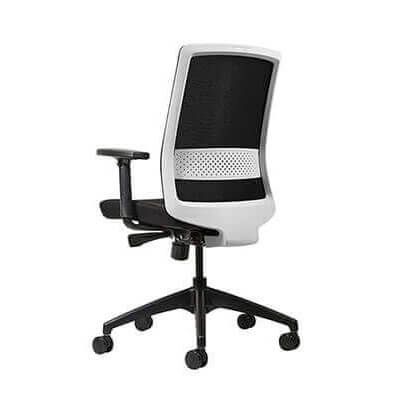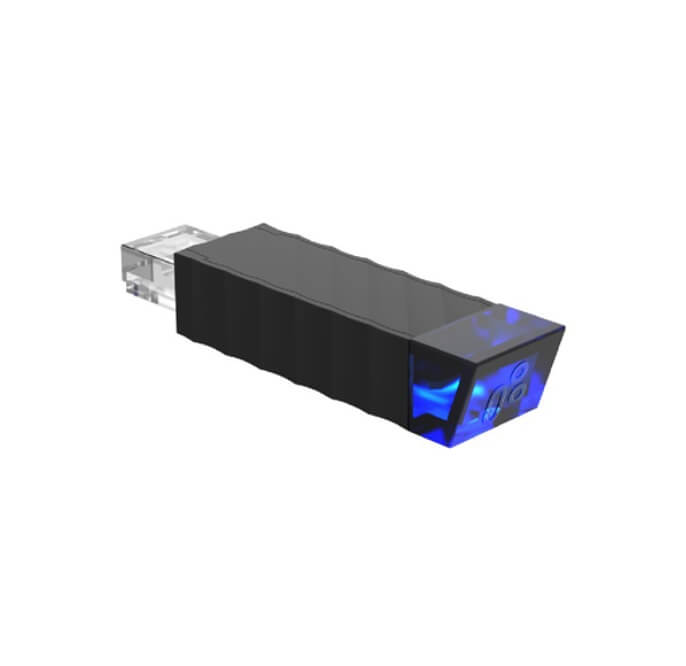Desk designs have changed a great deal over the past 100 years. Back in the 1920s, you wouldn’t see any sit and stand designs, never mind the kinds of stylish, ergonomic desks you see in modern offices.
In the early to mid-20th century, people still relied mainly on traditional wooden designs, often decorated with ornate features. Single-use desks were also popular. These were primarily designed for writing or paperwork, since typewriters and later computers were not yet common.

Back then, desks often had drawers or compartments for storage. This reflected the reliance on paper files and other office supplies which have largely disappeared.
In the early 20th century, desks were also usually large, heavy and immobile.
They were designed to be permanent fixtures in offices or homes. Unlike our handy height adjustable desks they didn’t offer much flexibility!
In the mid to late 20th century, metal frames and plastic components became more popular due to advancements in manufacturing. As office work became more common, desks evolved to accommodate typewriters, telephones, and eventually computers.
During the 1960s, desks became more modular, allowing for easier customisation and reconfiguration of office spaces. This was when we started to focus more on ergonomics, leading to the introduction of adjustable height desks and chairs for better posture and comfort.
As we entered the 21st century, desks have evolved in a variety of ways.
Over the past 20 years, we’ve increasingly designed desks with computers in mind, featuring dedicated spaces for monitors, keyboards, and cable management.
In recent years and as computers have become smaller, people increasingly prefer compact and minimalist designs. With the rise of laptops and compact computing devices, desk designs became more minimalist, emphasising space-saving solutions.
HADO has a range of mini desks that are ideal if you want a design that’s easy to store when it’s not being used. Like all our desks, they can be customised in a wide range of ways, including when it comes to materials and whether you want cable ports.
Modern desks can be designed for wireless technology. Desks started incorporating wireless charging pads and built-in cable management systems to reduce clutter.
Height-adjustable desks have become increasingly popular for good reason.
Height-adjustable desks became more popular, allowing users to alternate between sitting and standing positions for improved health and productivity.
People are also more likely to care about sustainable materials and eco-friendly manufacturing processes have become more prevalent in desk design, reflecting a growing awareness of environmental issues.
What will the future bring for desks?
We all want more flexible workspaces nowadays. Desks designed for flexible work arrangements, accommodating remote work, hot-desking, and collaboration. You’ll find many fantastic designs at HADO which are ideal for a wide range of applications.
Biophilic designs are also likely to become more popular. That means incorporating elements of nature into desk design to enhance well-being and connection to the environment.
What should you choose a sit and stand desk for your home office in 2024?

Also known as an adjustable height desk or standing desk converter, these these types of desks offers several benefits:
Firstly, they’re highly versatile. Our sit and stand desks provide more flexibility in terms of how you work. You can easily switch between sitting and standing throughout the day, which can reduce levels of fatigue and improve focus.
However, the biggest benefit is the fact they’re better for your health.
Prolonged sitting has been linked to various health issues, from obesity and heart disease to back pain. Alternating between sitting and standing is key for mitigating these risks and promoting better posture and circulation.
A sit and stand desk also boosts your energy levels. Some users report feeling more energised and productive when they have the option to stand while working. Standing can promote better blood flow and prevent the midday energy slumps often associated with long periods of sitting.
Adjustable height desks allow you to change the desk height to your specific needs and preferences.
This can be particularly beneficial if you have ergonomic concerns or if multiple people share the same workspace.
They can also save you space. Sit and stand desks can fit into a variety of office layouts. This can be advantageous for individuals with limited space or those looking to optimise their workspace.
Get first-class ergonomic support with our premium desk designs.
Using a sit and stand desk can help promote better ergonomic practices. In other words, it allows you to adjust the desk height to achieve optimal typing and viewing positions. This can reduce strain on your wrists, neck, and back.
Easily adjust to different tasks when working remotely.
Certain tasks may be better suited for standing, such as giving presentations or brainstorming sessions, while others may be more comfortable to perform while seated. A sit and stand desk allows you to easily transition between these tasks without interrupting your workflow.
Choosing one of our sit and stand desks can contribute to a healthier, more comfortable, and more productive work environment.
If you’re looking for premium sit and stand desks, check out our latest collection today.



